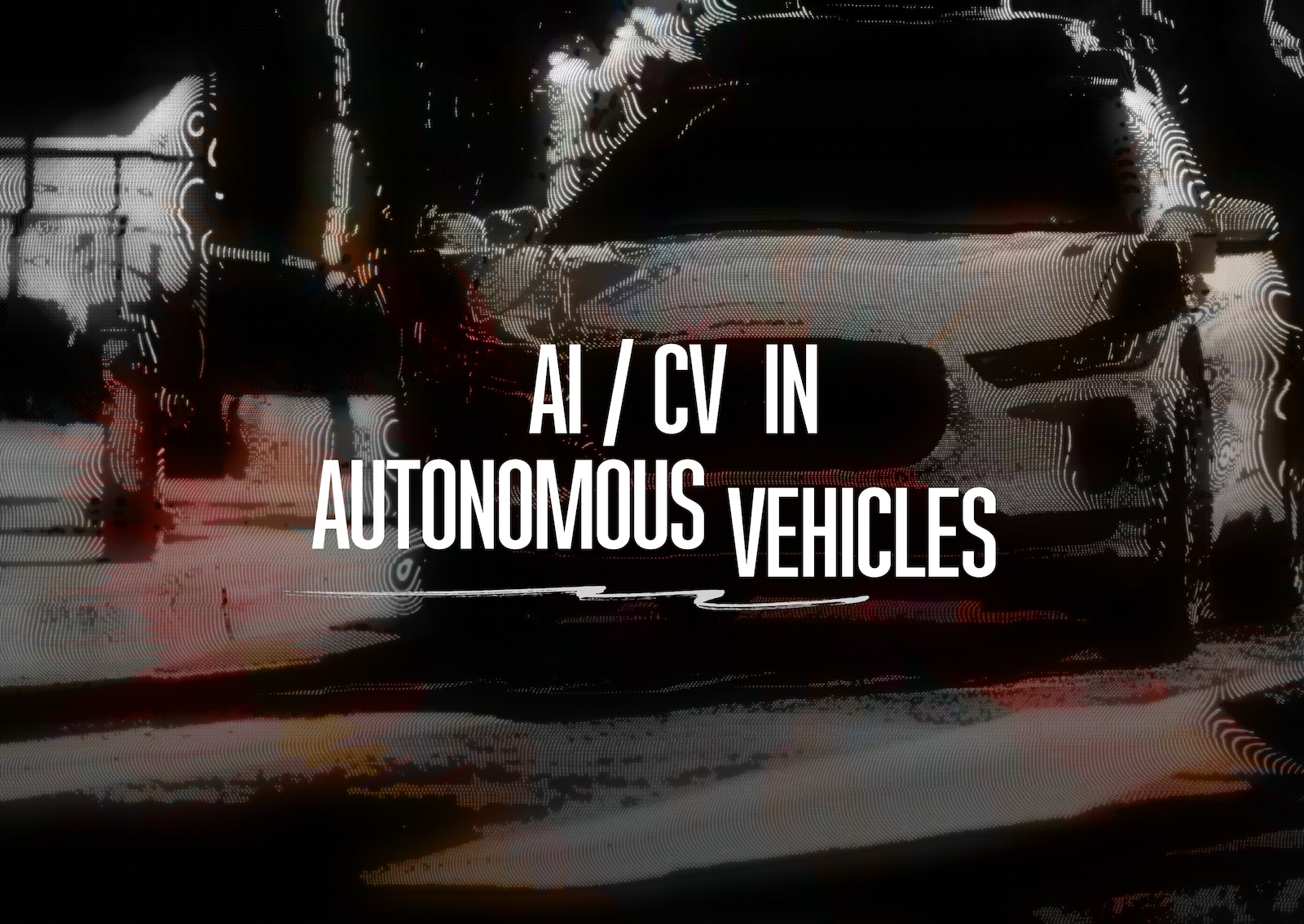

One of the key challenges in autonomous vehicle navigation is accurate perception of the environment. LiDAR, radar, and camera sensors are core technologies, but it is through sensor fusion that vehicles gain a comprehensive understanding of their surroundings. AI-driven sensor fusion combines data from these sensors to create detailed 3D maps in real-time, allowing artificial intelligence driverless cars to detect obstacles, road boundaries, traffic signals, and pedestrians.
A prime example is Waymo, a leader in unmanned vehicle technologies, which uses high-resolution lidar and computer vision algorithms to create a dynamic 360-degree model of the environment.

This AI-powered sensor fusion enables the vehicle to detect even small objects, such as pets or road debris, with remarkable accuracy. Similarly, driverless car technology companу Zoox, an Amazon subsidiary, has developed a robotic taxi that uses a sensor array to provide a seamless 270-degree view with no blind spots, which is critical in urban environments.
Object detection and classification is fundamental to the whole area of self-driving cars technology, and, by extent, to autonomous driving, as AVs need to distinguish between cars, pedestrians, cyclists and other objects.
Tesla's Full Self-Driving (FSD) technology for driverless cars uses deep learning and computer vision algorithms to classify objects based on video feeds from multiple cameras positioned around the vehicle. This real-time processing enables the system to anticipate actions such as pedestrians crossing the road, allowing AVs to adjust their speed or change lanes as necessary.

Wayve, a UK-based company, goes further by using reinforcement learning to train AVs to handle complex urban environments with high traffic density. Through continuous learning, the vehicle improves its ability to make nuanced distinctions between different objects, contributing to safer navigation even in crowded or unpredictable scenarios.
Autonomous vehicles use AI algorithms to anticipate the movement of nearby objects, helping to smooth path planning by reducing the need for abrupt maneuvers.
GM's Cruise division has developed predictive models that analyze factors such as pedestrian movement patterns and the likely behavior of other vehicles, allowing AVs to maneuver safely through busy urban environments.
In addition to traditional route planning, advanced predictive models allow AVs to adapt to evolving traffic scenarios. For example, companies like Argo AI use Bayesian inference models to interpret behavioral cues from pedestrians or other drivers, enabling AVs to proactively adjust their path. Such capabilities are particularly valuable in environments such as pedestrian crossings, where sudden pedestrian crossings can occur.
Autonomous driving requires AVs to make split-second decisions that take into account safety, regulatory and environmental factors. Nvidia's DRIVE platform uses reinforcement learning to train AI models on thousands of scenarios, including adverse weather conditions and complex intersections. The platform's self-learning capabilities allow AVs to adapt to changing road conditions and local traffic rules.

In real-world testing, reinforcement learning has shown promise in making AVs more adaptable in dense traffic, where lane changes and merges require nuanced decision-making.
By analyzing millions of hours of driving, the system continuously improves and learns how to handle situations ranging from multi-lane roundabouts to motorway exits. Nvidia's technology demonstrates how machine learning can bring a higher level of adaptability and safety to autonomous systems.
Read more about driverless car technology on the OpenCV.ai blog
Ensuring the safety of passengers inside the vehicle is equally important. Interior monitoring systems based on computer vision can identify passenger behavior patterns, including potential signs of drowsiness or distraction in human drivers.
Hyundai Mobis has developed an advanced Driver Monitoring System (DMS) that uses facial recognition to detect signs of fatigue, ensuring driver safety in semi-autonomous modes.

In addition, as AVs move towards full autonomy, interior monitoring will shift to improving passenger comfort and safety. For example, Nauto's in-vehicle monitoring systems can detect risky behavior, such as standing passengers or unsecured luggage, and alert the vehicle's control systems to adjust accordingly.
Adverse weather conditions such as rain, snow and fog pose significant challenges for autonomous vehicles. Companies such as Wayve are investing in AI models that have been trained to cope with challenging environmental conditions. By combining computer vision with highly sensitive sensors, these systems can adapt to reduced visibility, allowing AVs to maintain accurate navigation even when conventional sensors are compromised.
This capability is critical for AVs in regions with diverse climates, where harsh weather can affect the reliability of standard sensor data. Enhanced weather modeling in computer vision helps vehicles maintain lane tracking and detect other vehicles despite poor visibility, pushing the boundaries of autonomous driving in all weather conditions.
